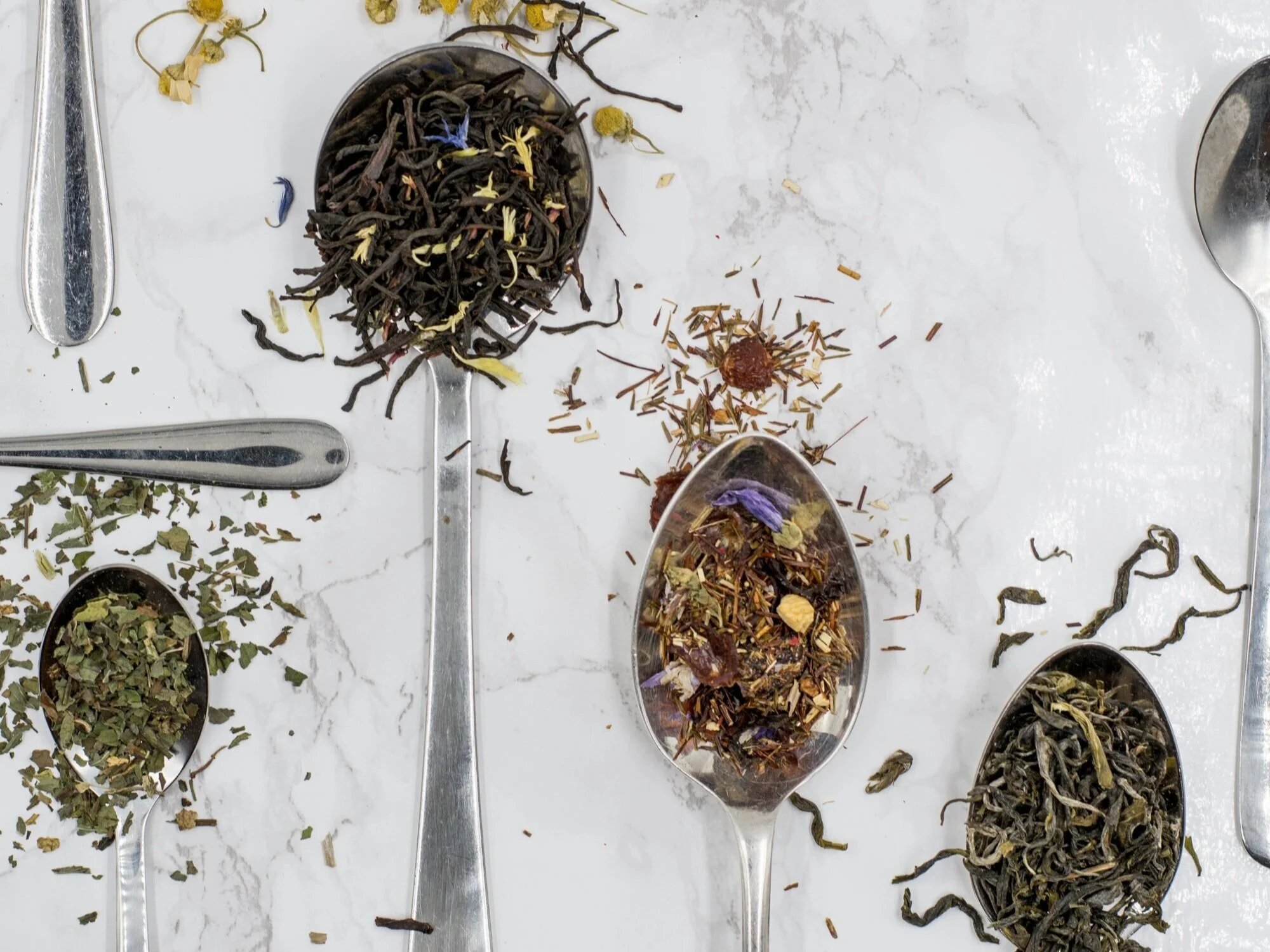How To Release a Clogged Duct
contributions from Jessica Zager, PT, DPT, WCS, CLT, CSC, women’s health physical therapist
I took a breastfeeding course while pregnant. The class was really helpful, but it’s one thing to feel prepared with knowledge from a class and quite another to have to do it on your own.
Although breastfeeding seems like a natural or instinctual part of becoming a new parent, it is not an easy journey for most. Based on our own experience, it is really helpful to have professional lactation support. If possible, it’s ideal to have someone come to your house the first week after your baby is born to help you troubleshoot.
One complication of breastfeeding is the development of one or more clogged milk ducts. A clogged milk duct, sometimes referred to as a plugged milk duct, is a blockage in the flow of milk through the breast and out of the nipple. This tends to happen during the first few months after birth, when there is a change in the breastfeeding schedule, and when weaning. Most new parents are not educated about blocked ducts, what to do to unblock them, or how quickly they can become infected and turn into a painful, serious infection called mastitis.
Below are some tips on prevention, a few things to look out for, and suggestions on how to relieve clogged ducts, put together with input from women’s health physical therapist Jessica Zager. Of course, this is not meant to be a substitute for medical advice, so always consult your healthcare provider.
First things first, prevention:
A clogged duct happens when milk flow is obstructed. The most common causes of plugged ducts include breast engorgement caused by inadequate milk removal, infrequent or skipped feedings, and pressure on the duct, such as from tight bras or other restrictive clothing Stress can also cause your body to release less oxytocin, the hormone responsible for the let down of milk.
Things to look out for:
A tender, localized lump in one of your breasts that wasn’t there before. It is possible to have more than one clog in one breast and/or to have both breasts involved.
Any redness or pain in one or both breasts.
Decreased milk output from the breast with the tender, localized lump.
A fever plus all of these symptoms. If this happens, reach out to your healthcare provider ASAP. Fever is a sign of a possible mastitis infection. While, this doesn’t generally occur with the occasional clogged duct, it can happen with persistent clogged ducts.
How to unclog a clogged duct:
Heat. We suggest either hopping in the shower, heating up Booby Tubes or a rice-filled sock, or using a warm moist diaper.
Massage and Hand Expression. Maya Bolman shows you how, using gentle strokes up toward the armpit to help with lymphatic drainage. Bolman probably needs to make a new video (you’ll see why when you watch!!) but her technique really is the gold standard - any lactation consultant will know Maya Bolman.
Vibration: Sometimes an electric toothbrush or vibrator will do the trick. There’s also a lactation massager you can buy on Amazon (when you’re desperate, you’re desperate!).
Feed baby. Start on the side that’s clogged and/or inflamed. Make sure you empty each side completely at least once a day. If you need to, you can pump to make this happen. Try feeding baby in different positions. Dangling your breast over baby’s mouth works really well. Football hold or side lying may also be good positions. Try positioning the baby’s jaw in the direction of the clogged duct to get good suction directed toward the clog.
Liquids, liquids, liquids. Stay hydrated!
**Tip: try not to stop breastfeeding/pumping when you have a clogged duct, this could perpetuate the problem. Also, be conscientious of how much you’re feeding/pumping, as this can up/down regulate supply (feed more, produce more).
Supplements and other practitioners (besides LCs) who may help:
Epsom Salt: Epsom salt baths can help soften things. You can even fill a bowl and dangle your boob into it!
Sunflower Lecithin: For those prone to blocked ducts, taking this daily can help thin out your milk and prevent clogging.
Probiotics: Several studies have shown that certain lactobacillus strains are effective in treating mastitis and also result in a lower occurrence of repeat mastitis.
Acupuncture: Acupuncture and herbal medicine can help unblock the obstruction and reduce heat.
Pediatric Occupational Therapy: If you suspect your clogged ducts are occurring due to a poor latch, pediatric occupational therapy can help address any of the reasons baby may be having trouble draining your boob. These may include the following: a weak suck, an uncoordinated suck, and/or poor sucking endurance.
Women’s Health Physical Therapy: Some women’s health physical therapists are trained in clogged milk duct treatment.











